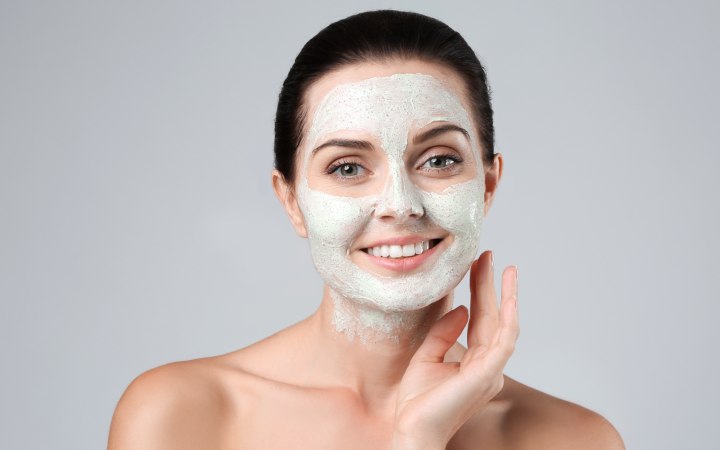Exfoliation

Rubbing Your Skin the Right Way
We’re all heard of exfoliation and the process of removing dead skin cells for a more youthful appearance. Some have hyped this process as a fantastic, rejuvenating process, while others have dismissed it as so much exaggeration. So, let’s look at the facts and fictions of exfoliation and what its benefits are.
A Quick Anatomy
To understand the need for exfoliation, we need to understand the way skin grows. Our skin is comprised of layers and these layers break down in three main stages: the epidermis, the dermis, and the hypodermis. Each of these layers can be broken down into thinner layers and are discussed below:
The dermis lies below this outer layer and is where the skin cells of the epidermis develop. The structural components of the dermis are collagen and elastin fibers which give the skin its plumpness and elasticity. It acts as the interface between the blood vessels and lymphatic system of the skin and the outer layer of the skin. It has two basic layers called the papillary dermis and reticular dermis and connects and secures the skins layers to each other and the body.
The lower layer of the skin is the hypodermis, and sometimes referred to as subcutaneous tissues. The hypodermis specifically contains fibrous bands to connect the skin to the deeper body tissues, lymphatic vessels, roots of hair follicles, nerve endings, fat cells and fine, flat sheets of muscle in certain locations including the scalp, face, hands and other high-sensory areas of the body.
How Skin Grows
Now that you know the basics of the skin’s make up, let’s talk about how the skin develops. The food we eat is used to provide fuel to energize the body and building blocks to repair and replace cells in a constant cycle. In the skin this means that the hypodermal layer transfers these building blocks to the dermis where new skin cells are formed and become part of the lowest layers of the epidermis. As newer layers are formed, the skin cells are moved slowly outward.
Since the cells of the epidermis get their nutrients from the cells layers below, these outer layers of cells slowly “die” as they get further outward because they get cut off from the nutrient supply. The cells harden in a process called “keratinization” and the cycle generally takes about 4 weeks. The good news is that this process is what makes the skin an excellent barrier to keep water in the body and to keep harmful chemicals and pathogens out.
As these cells accumulate on the outer surface of the skin, they can make the skin appear dull and dry, or in some cases flaky and rough. Generally, the surface skin layers are sloughed off naturally in the course of daily activity and hygiene. However, the natural process can become uneven, as some areas may be more affected than others. It is for this reason that we use alternate processes to remove them, and the act of removing these skin cells is called exfoliation.
Methods of Exfoliation
Exfoliation of the skin is generally performed one of two different ways. Either the skin is plied with a chemical solution designed to soften and break down the adhesive bonds that hold the skin cells together allowing them to be washed away after a period of exposure, or the skin is gently abraded (scrubbed) using a variety of substances in a process called mechanical exfoliation.
Many of the solutions used in chemical exfoliation are found in high concentrations that can only be administered by a dermatologist, although you can often find low-concentration formulas available over-the-counter. Common chemical exfoliation solutions include salicylic acid, glycolic acid, fruit enzymes, citric acid, or malic acid and alpha hydroxy acids (AHAs) or beta hydroxy acids (BHAs). There are even spas that use the natural acids in wine-producing grapes to exfoliate the skin in a practice that is being called ‘vinotherapy’.
Mechanical exfoliation can be performed by substances that include microfiber cloths, adhesive exfoliation sheets, micro-bead facial scrubs, crepe paper, crushed apricot kernel or almond shells, sugar or salt crystals, pumice, and abrasive materials such as sponges, loofahs, brushes, and simply fingernails. There is also an exfoliating element to other cosmetic practices like waxing and wet shaving of the skin for hair removal. (Chemical hair removers like Nair also exfoliate, but this would be chemical exfoliation.)
Next Page
(Photo: Africa Studio/Shutterstock)